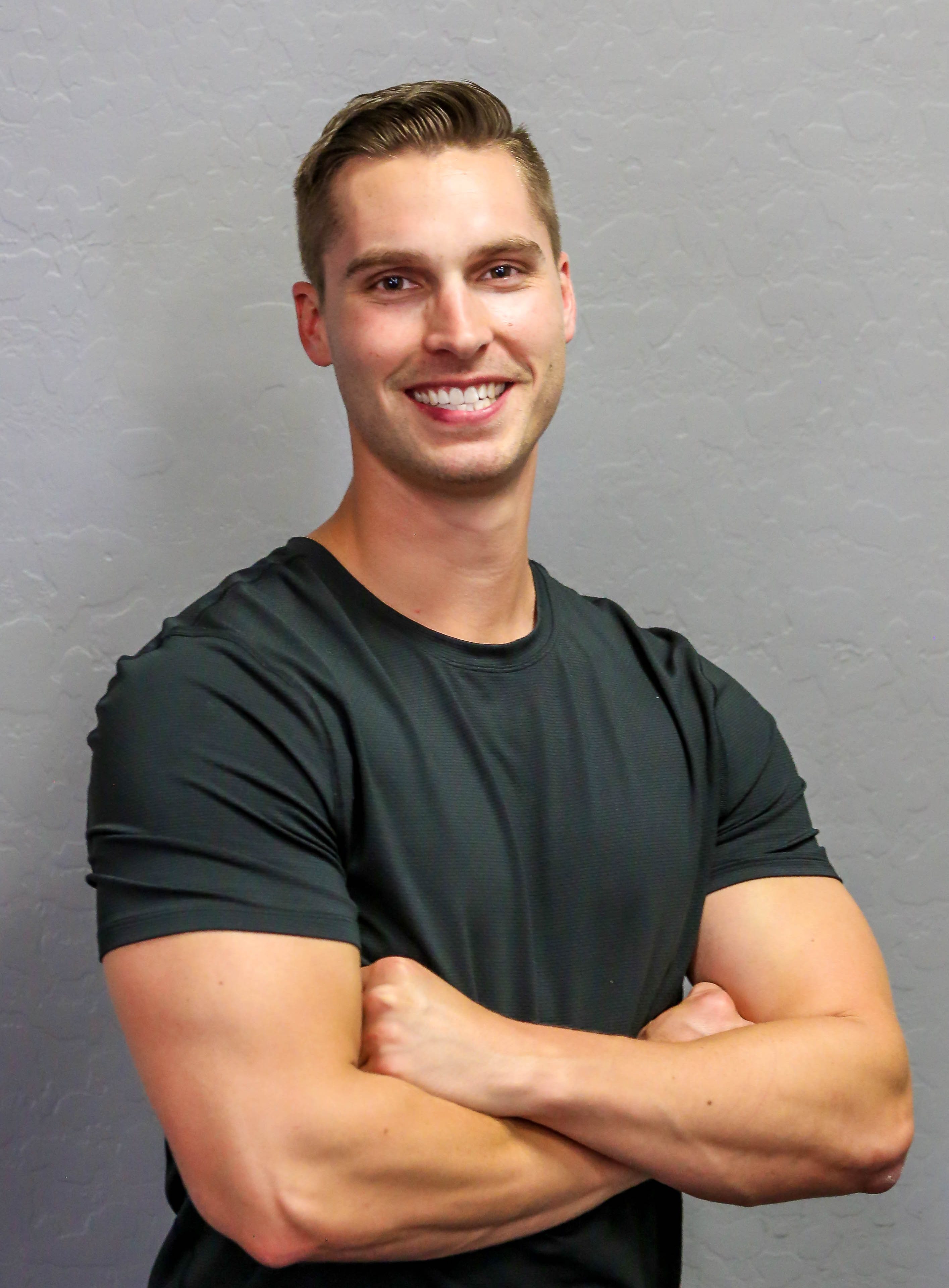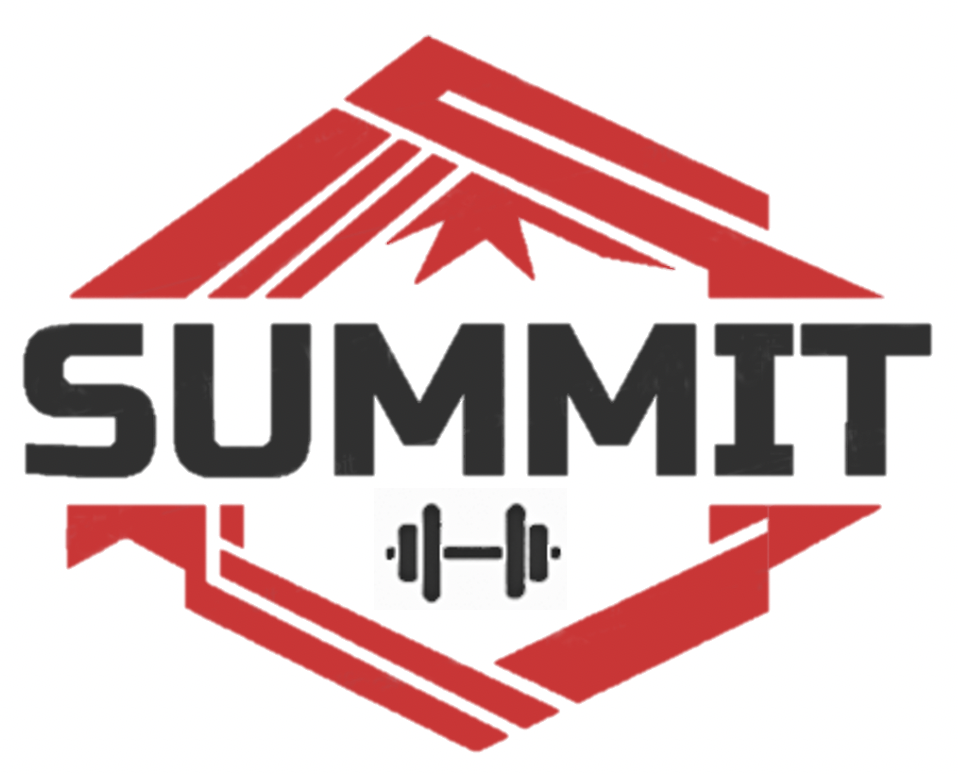Patrick Gilbert PT, DPT, ATC, CSCS
Over the years I have seen some crazy things at the gym. Some are too wild to even describe. But there are some popular exercises I see consistently that I am just not a huge fan of for multiple reasons. Don’t get me wrong, all these exercises have a purpose and are targeting specific muscle groups. However, I feel there are better ways to train these same muscles and movements in a safer and more effective way.
Crunches
Crunches may be the first thing people think of when it comes to training their core. It is one of the most widely performed and well-known exercises for getting that six-pack you’ve always wanted. However it puts a lot of stress on your spine, especially when performing dozens of them for multiple sets during multiple workouts per week. Our spines are meant to move, but they aren’t meant to curl up into flexion hundreds of times. For more information on why repeated spinal flexion may not be the best option for your spine, check out Stop Cueing the Posterior Pelvic Tilt. Instead of active movement and contraction of the core, I generally prefer preventing movement. These movements are generally classified as anti-flexion, anti-extension, anti-rotation or anti-sidebending. For some other core exercises that put less stress on your spine and still help you work your way to six-pack glory, check out these smarter alternatives:
Total Body Tension Plank
Planks are an awesome isometric exercise that target not only the core, but also glutes and shoulder stabilizers if performed correctly. Many times I see people perform this exercise for as long as they can stay up. Instead, I like to perform these by making your body as “tight” as possible. By maximally contracting your core, glutes, thighs, and shoulder stabilizers, you create tension throughout your entire body. By performing this “super-stiff” version of the plank, you should be appropriately fatigued after much less time. This helps contribute to long-term health and strength of your whole body, instead of performing them with poor form for a minute or more until form breaks down. Quality over quantity here!
Dead Bug
The dead bug is an anti-extension core exercise that is also more forgiving on the spine than your typical crunch. When performing this exercise, our body naturally wants to extend the lumbar spine as the arms and legs extend further from the center of the body. However, if we can fight this urge and keep our core tight to resist this extension, we can help to build a more resilient core and spine to fight off potential injuries. The focus here is slow and controlled movements.
Leg Press
The leg press has been used in gyms forever. Always has been and unfortunately, likely always will be. These machines are easy to set up and perform exercise with. However, when you think about it, we are essentially sitting down while pushing weight away from us. When in our everyday lives do we ever need to perform this movement pattern? This machine essentially allows us to be lazy while exercising. Instead of sitting and pushing a plate, try these alternatives:
Goblet Squat
After the bodyweight squat, the goblet squat is one of the most basic ways to perform a squat while also being more friendly to our spine and hips. Holding the weight at our chest forces us to stay more upright, instead of hunching over on a leg press, or even while underneath a barbell. The further back we hold the weight (as in a front or back squat), the more hip and spinal flexion we are forced into in order to counter-balance the load. You will not be able to use as much weight with this exercise due to the lack of compensation this movement allows. However, this is not necessarily a bad thing. Rather than reinforcing bad habits with more load, think of this exercise as the foundational movement for perfecting and strengthening your squat pattern; one of the best functional movements out there.
Rear Foot Elevated Split Squat
As a progression from the goblet squat, the rear foot elevated (RFE) split squat is one of the best single leg exercises out there. Performing one-sided (or unilateral) exercises allows us to work on each leg independently. This can help tease out discrepancies in strength from side to side and help to balance any inequalities. If balance is your limiting factor, don’t be afraid to hold on to something like a machine or pole with one hand while holding a weight in the other, as demonstrated in this video.
Behind the Neck Pulldown
I have seen this exercise performed countless times. There is a ton of research out there that explains why this is not the best exercise to perform if you are looking to build a strong back while remaining safe in the process. During the behind the neck pulldown, our shoulders are placed in a position of external rotation along with horizontal abduction which puts our rotator cuff in a very disadvantageous position1. It can also be a very stressful and potentially dangerous position for the neck, especially if you bring the bar forcefully down in contact with your neck. The following are smarter ways and more effective ways to train these muscles:
Lat Pulldown
This conventional lat pulldown is a much better alternative to its behind-the-neck counterpart. Not only does it do a better job at activating your lats2 but it is also much safer on your shoulders and neck. Pulling the bar down to your chest keeps our entire spine in alignment and allows for a more natural movement for our arms. When we attempt to pull the bar down behind our neck, it forces us to push our neck forward, out of alignment. So not only is this exercise safer, but this position is more effective at strengthening our lats.
Hip Hinge Straight Arm Pulldown
Performing this exercise allows us to isolate our lats while also keeping our hips and core tight in the process. It is important to go through the full range of motion while performing this exercise. Allow the lats to lengthen at the top of the exercise with full shoulder flexion, then maximally contract them throughout the pulldown with a slight pause at the bottom. This accentuated motion can really hammer the lats and get you the gains you are looking for.
…
If you haven’t been able to tell, the general theme of this post is using smarter techniques and methods to achieve similar (if not better!) results. At the very least, the idea is to avoid potential injuries in order to continue to train. Next time you are in the gym, give a couple of these a try and see what a difference you feel!
References
- Durall, C. J., Manske, R. C., & Davies, G. J. (2001). Avoiding Shoulder Injury From Resistance Training.Strength & Conditioning Journal, 23(5),10.
- Signorile, J. E., Zink, A. J., & Szwed, S. P. (2002). A comparative electromyographical investigation of muscle utilization patterns using various hand positions during the lat pull-down.The Journal of Strength & Conditioning Research, 16(4),539-546.
About the Author – Patrick Gilbert PT, DPT, ATC, CSCS

Patrick is a physical therapist, athletic trainer and personal trainer. He runs Summit Performance and Therapy in Indianapolis, Indiana. He has been training clients of all backgrounds for years and has been a practicing physical therapist since 2016. His training philosophy combines his knowledge of rehabilitation as well as strength and conditioning in order to train clients to achieve great results and avoid injuries in the process. His physical therapy practice focuses on a three-dimensional view and treatment of the body and its many parts. Treatment emphasizes manual techniques and rehabilitative exercises to get patients back to previous activity levels without pain or dysfunction.
For more information about training or rehabilitating with Patrick, contact him at SummitPerformancePT@gmail.com or visit SummitPerformancePT.com
Enter your email below to join Summit Performance and Therapy’s email list!


1 thought on “3 Common Exercises I Hate and Better Alternatives”